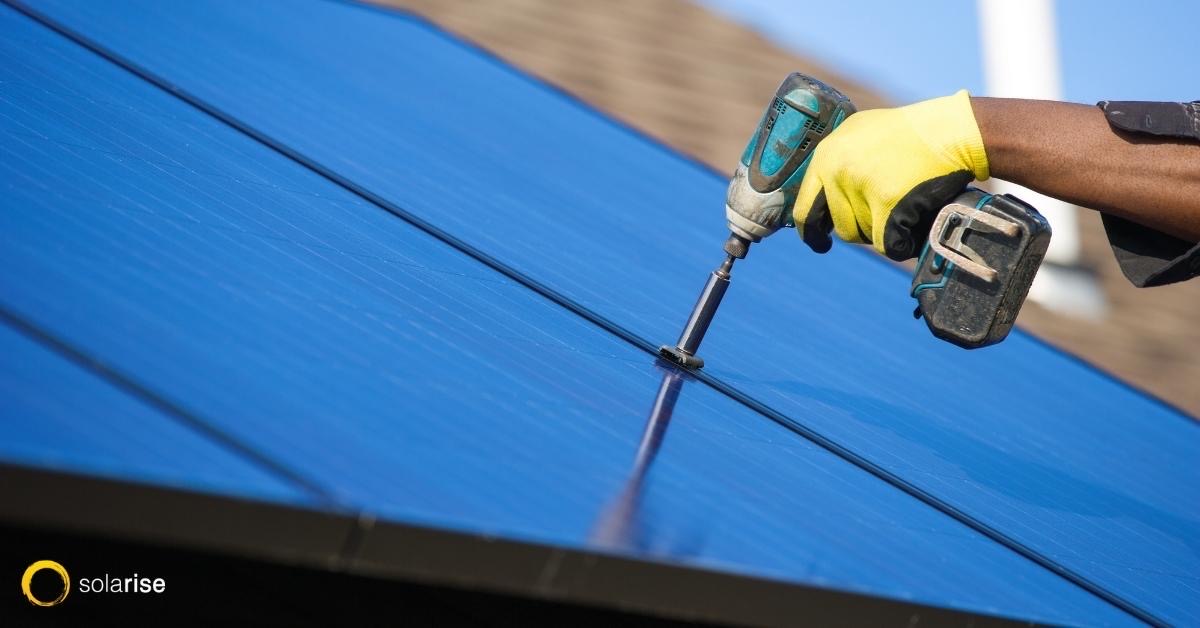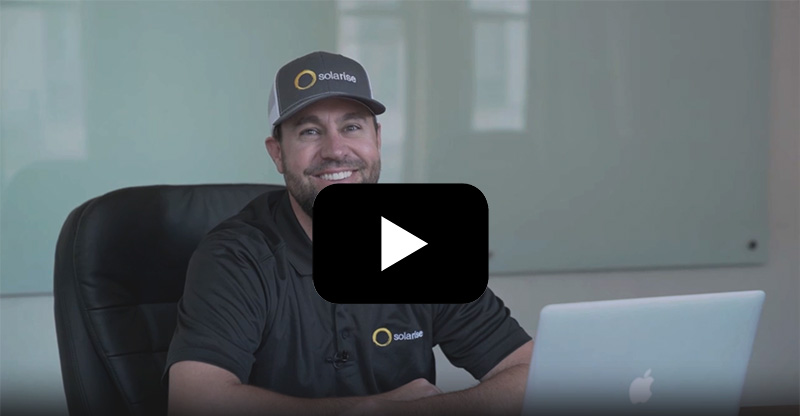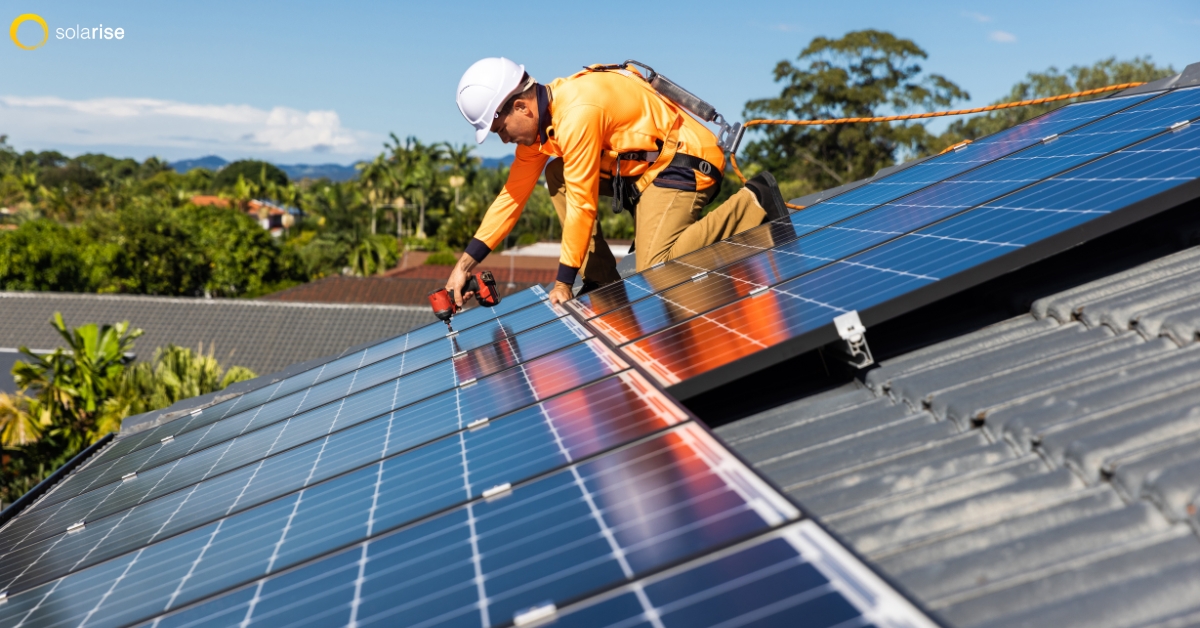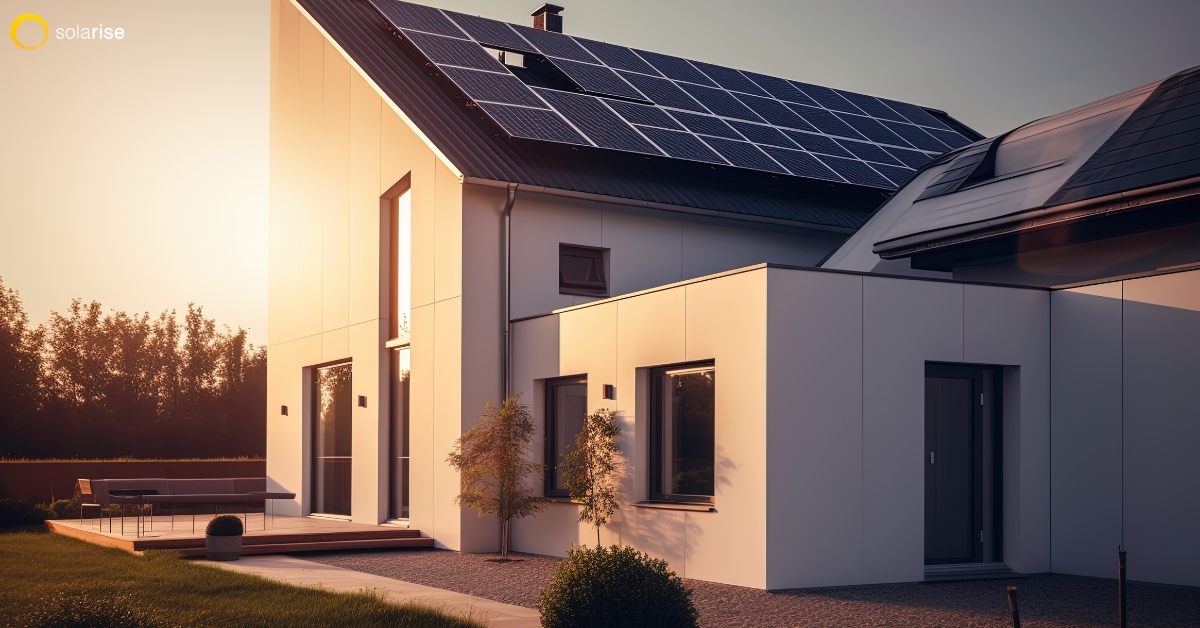Table of Contents
Is Your Roof Good for Solar Panels?
Going solar and living free from the grid and using sunlight to produce your own electricity at home is a wonderful opportunity to make the most of your financial and natural resources. But, it’s a substantial investment. So, you need to be sure it really makes sense to plan for solar panel installation at your property.
First, you’ll need to determine whether you would install solar panels on your rooftop or prefer to go with ground mounted solar panels. If you have rooftop installation in mind, you need to have an assessment of your roof as a potential location for solar panels.
If your roof checks out for solar panel installation, the Solarise team will custom design a system to maximize the benefits of placing panels on your rooftop.
Factors to Consider When Installing Solar Panels on a Roof
It is crucial to consider the following factors in order to determine the suitability of your home's roof for solar panel installation. By carefully assessing structure, location, orientation, and viability, homeowners can make an informed decision about harnessing the power of solar energy and installing solar panels on rooftops.
Age of the Roof
You will probably need to replace your roof at some point during the life of your solar panels. Removing the panels when necessary is relatively quick and easy for professionals to do in many cases. But, at the time of your initial solar panel installation, you do not need to replace an older roof if it is in good condition, without any damage or leaks. However, if your roof will need replacement within the next three years, we suggest that you replace the roof before installing solar panels. That way, you won’t have to remove your solar panels so soon after they’ve been installed to replace the roof.
Roof Size
The size of your home’s roof restricts the number of solar panels that you can have installed on it. Of course, the more panels you have working for you, the more electricity you can produce to meet your household’s needs. To produce abundant energy for your home, the roof must be big enough to fit multiple solar panels. If there is not enough roof space for all the panels you need with a solar panel roof mount installation, you can install ground-mounted panels anywhere you have some space on your property.
Roof Orientation
Because the United States is in the Northern Hemisphere, sun exposure is fullest on a roof that faces west, east, or south! Roofs facing north receive the least amount of daily sun exposure. That limits the potential for sufficient electrical power production by solar panels. But, if just a part of the roof faces north, it may be a good location for solar panels, especially if additional panels will be installed in a space with an eastern, western, or southern exposure!
Exposure to the Sun
As emphasized elsewhere in our discussion here, abundant sun exposure is the most critical necessity for solar panels to produce well. With too many tall trees, chimneys, and neighboring buildings blocking too much of the daily sunshine from hitting the panels, the amount of energy produced is substantially reduced. Again, some shade on solar panels may still allow enough light for the panels to produce efficiently. But, you should consider cutting back some trees as needed to eliminate as much shade as possible on the panels.
Roof Angle
Naturally, your roof’s angle will have either a positive or negative impact on your solar panel system’s potential for abundant energy production to power your home. It is recommended to install solar panels on roofs that are angled from 0 to 45 degrees for maximum efficiency in solar energy production. We can install ballasts for angling panels on flat roofs to directly face the sun.
Installing Solar Panels on a Roof Near Colorado Springs? Call Solarise Solar Today at (719) 315-3034 to Schedule a Free On-Site Solar Evaluation
What is the Expected Life Span of Solar Panels on Roofs?
Solar panels on a roof have an expected life span of approximately 25 to 30 years. However, it is important to note that this estimate can vary depending on various factors such as the quality of the panels, the installation process, and the local climate conditions.
High-quality solar panels that are properly installed and well-maintained can even exceed the 30-year mark, providing homeowners with a reliable and efficient energy source for many years. On the other hand, lower-quality panels or improper installation can result in a shorter life span and reduced performance.
Overall, homeowners can expect their solar panels to last for at least 25 to 30 years, but with proper care and maintenance, they have the potential to serve as a reliable source of renewable energy for an even longer period.
Free On-Site Solar Evaluations Near Colorado Springs
Our residential solar panel systems design experts can customize an ideal system for your energy needs within just about any budget. Solarise installation specialists provide our industry’s highest standard of workmanship in installing solar panels on roofs. We also offer an outstanding solar panel warranty (30 years) for your long-term protection.
$0 down Payments and Low-Interest Financing
If you're considering installing solar panels on your roof, low-interest financing is available. You also may be eligible for a federal tax credit.






